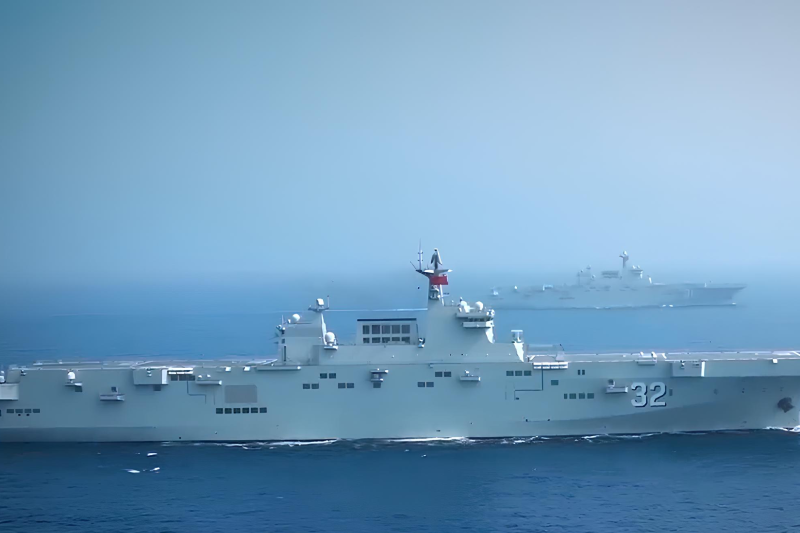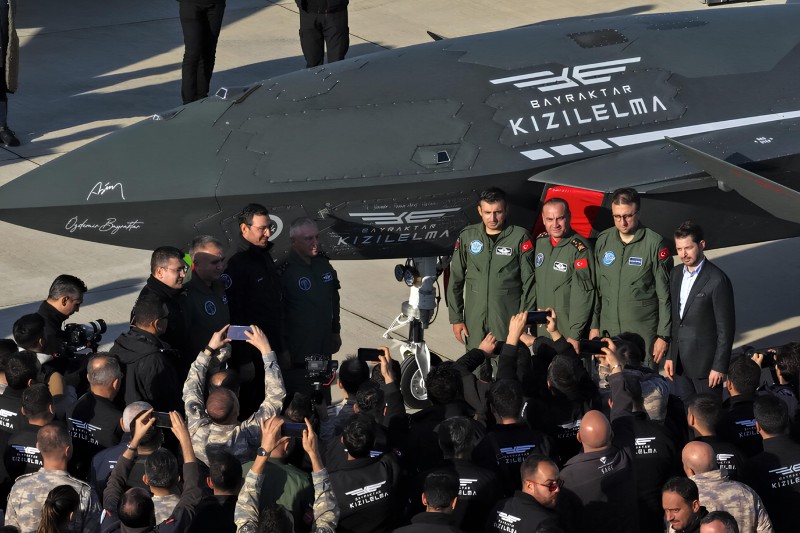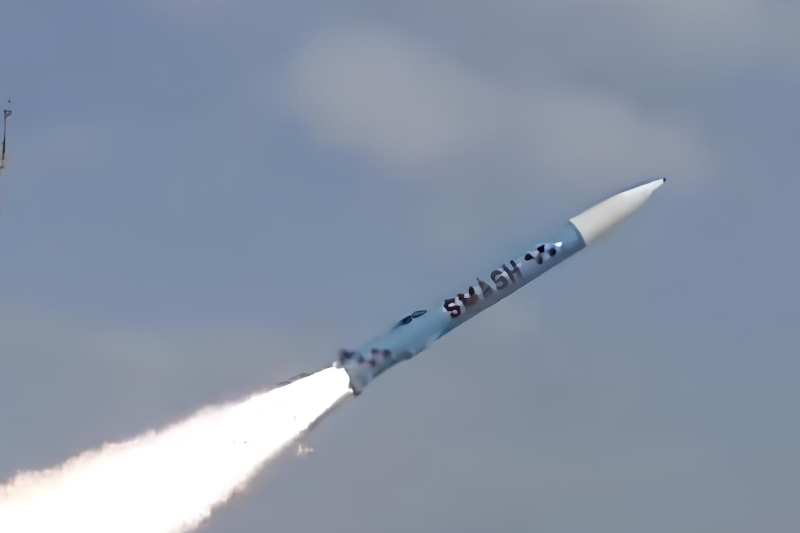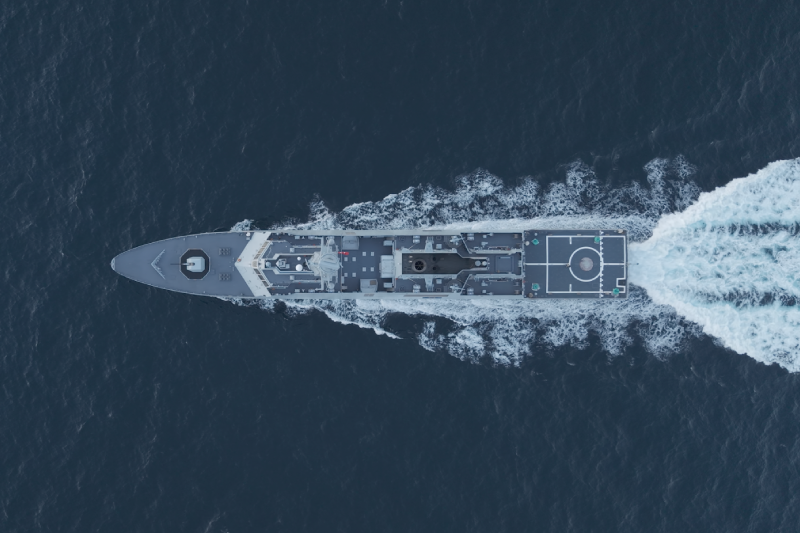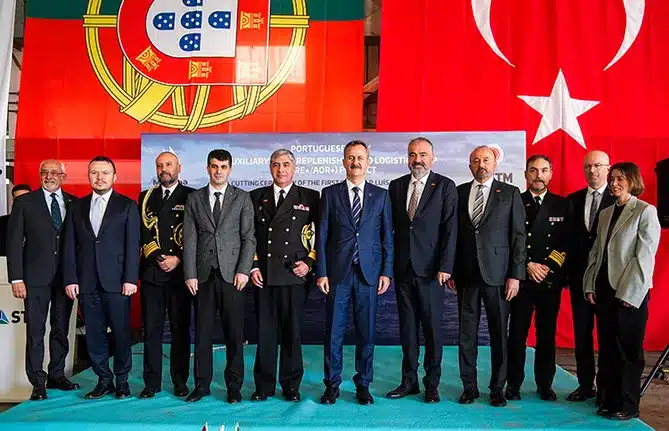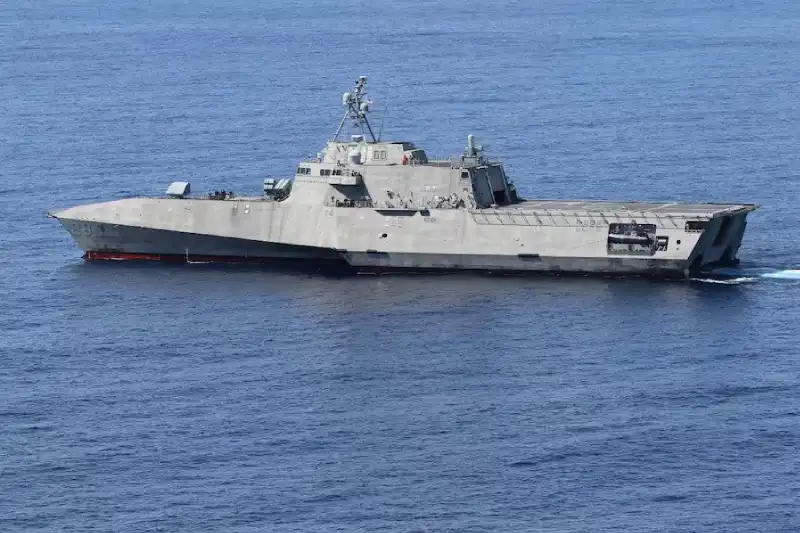US Navy Receives Final Independence-Class Littoral Combat Ship
US Navy receives final Independence-class littoral combat ship marks the end of a significant chapter in US naval shipbuilding history, as shipbuilder Austal USA completed delivery of the last vessel in the Independence-class littoral combat ship program on Friday. This milestone represents the conclusion of a 15-year construction phase that has shaped modern naval warfare capabilities while highlighting both achievements and challenges in contemporary shipbuilding.
Historic Delivery Marks Program Completion
The Alabama-based Austal USA has successfully built a total of 19 Independence-class littoral combat ships for the US Navy, with the first vessel, the Independence, commissioned in 2010. The vessel that represents how US Navy receives final Independence-class littoral combat ship will be christened as the Pierre, named after the capital of South Dakota, symbolizing the completion of this ambitious naval construction program.
“The delivery of the future USS Pierre will be one of our most memorable milestone achievements as it marks the conclusion of Austal USA’s Independence-variant Littoral Combat Ship program. Though USS Pierre is the last LCS Austal USA will deliver, we remain committed to supporting the U.S. Navy with innovative maritime solutions and the highest standards of quality.”
Michelle Kruger, Austal USA President, emphasized the significance of this achievement:
Shipbuilding Challenges and Navy Priorities
At a time when the Navy faces significant pressure to reboot shipbuilding initiatives and ensure vessels are delivered on schedule, the rollout of the future Pierre represents both an encouraging milestone and a complex legacy. The completion of this program demonstrates the shipbuilding industry’s capacity to deliver complex naval vessels while highlighting ongoing challenges in naval construction timelines and cost management.
The delivery comes amid broader concerns about naval shipbuilding capacity and the need for modernized fleet capabilities to address evolving maritime threats. The Independence-class program’s completion provides valuable lessons for future naval construction projects and fleet modernization efforts.
LCS Program Legacy
However, as a littoral combat ship, the Pierre potentially inherits a legacy of significant operational and maintenance challenges. The Navy’s littoral combat ship program has long faced difficulties with repair and manufacturing issues, in addition to high operating costs, according to Navy Times reporting.
The LCS was originally designed to rapidly combat asymmetric threats, such as mines and fast surface craft, while being optimal for supporting special operations missions and interdiction operations. The program features two distinct variants: the Freedom class and the Independence class, which utilizes trimaran construction and was designed to carry two MH-60 helicopters in its hangar bay.
Both classes of LCS have suffered from persistent hull cracks and propulsion failures. Maintenance challenges have resulted in cannibalized parts from other vessels being used to repair breakdowns, and the ships have proven expensive in terms of repair costs, raising questions about long-term operational viability.
Government Accountability Office Findings
In 2021, the Government Accountability Office conducted a comprehensive analysis of 18 LCS maintenance delivery orders from 2018 to 2020, revealing significant concerns about program management and cost control. The GAO found that the Navy “had to contract for more repair work than originally planned, increasing the risk to completing LCS maintenance on schedule.”
The investigation discovered that contractors were frequently flown overseas to perform routine maintenance, resulting in travel costs billed to the government that ranged from a few thousand dollars to more than $1 million. These findings highlighted systemic issues with maintenance planning and cost management that have plagued the LCS program throughout its development.
Congressional Research Service Assessment
As early as 2019, a report by the Congressional Research Service had called the warfighting efficiency of the vessels into question, raising fundamental concerns about the program’s strategic value. The report identified multiple areas of concern that have persisted throughout the program’s development.
“The LCS program has been controversial over the years due to past cost growth, design and construction issues with the first LCSs, concerns over the survivability of LCSs (i.e., their ability to withstand battle damage), concerns over whether LCSs are sufficiently armed and would be able to perform their stated missions effectively, and concerns over the development and testing of the modular mission packages for LCSs,” according to the Congressional Research Service report.
Technical Specifications and Design Features
The Independence-class features innovative trimaran construction that provides enhanced stability and operational flexibility compared to traditional hull designs. The trimaran configuration offers improved seakeeping capabilities and reduced radar signature, making it suitable for littoral operations where stealth and maneuverability are crucial.
The vessel’s design includes a spacious hangar bay capable of accommodating two MH-60 helicopters, providing significant aviation support capabilities for various mission profiles. The modular mission package system allows for rapid reconfiguration based on operational requirements, though this flexibility has also contributed to complexity and maintenance challenges.
Future Fleet Implications
While the final Independence-class combat ship delivered to Navy represents a new addition to the fleet, the longevity of the LCS class overall remains uncertain. The program’s challenges have prompted ongoing discussions about future naval vessel designs and the balance between innovation and operational reliability.
The completion of the Independence-class program provides valuable insights for future naval construction projects, particularly regarding the importance of comprehensive testing, robust maintenance planning, and realistic cost projections. These lessons will be crucial as the Navy develops next-generation vessel designs and modernizes its fleet capabilities.
Don’t miss this: Raytheon Secures Record RAM Launcher Deal with US Navy
Strategic Assessment
The delivery of the USS Pierre concludes a significant chapter in US naval shipbuilding, representing both technological achievement and operational challenges. The Independence-class program demonstrates the complexity of modern naval vessel development and the importance of balancing innovation with operational effectiveness.
As the Navy moves forward with future shipbuilding initiatives, the experiences gained from the LCS program will inform decision-making processes and help ensure that future vessels meet both operational requirements and fiscal responsibilities. The program’s completion marks an important milestone in naval modernization efforts while highlighting the ongoing challenges facing contemporary shipbuilding.
The delivery of the final Independence-class combat ship represents the end of a transformative period in U.S. naval shipbuilding. While the program has faced significant challenges, it has also contributed to naval capabilities and provided valuable lessons for future fleet development. As the Navy continues to modernize its fleet, the experiences gained from this program will help shape more effective and efficient shipbuilding initiatives in the years ahead.
Join us on Facebook, Twitter, YouTube, Instagram, and TikTok for real-time coverage of defense events worldwide.
Discover more from International Defence Analysis
Subscribe to get the latest posts sent to your email.



